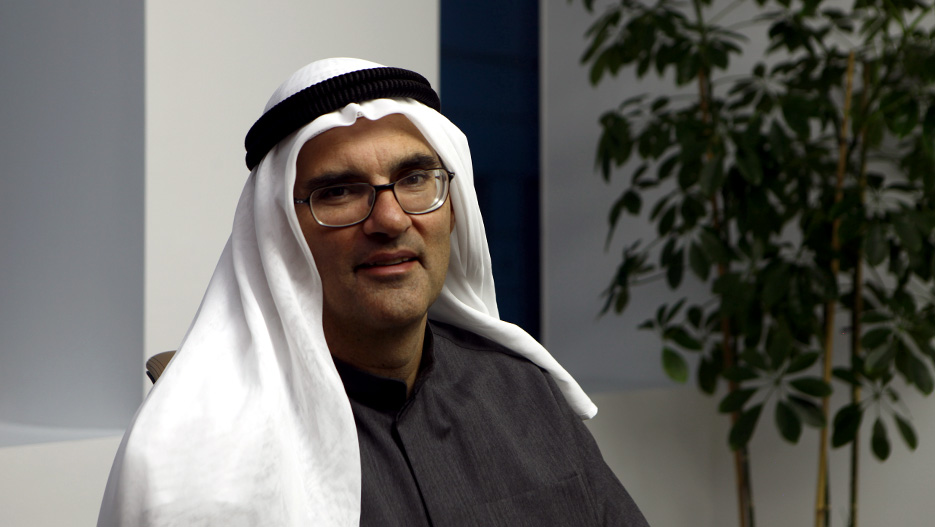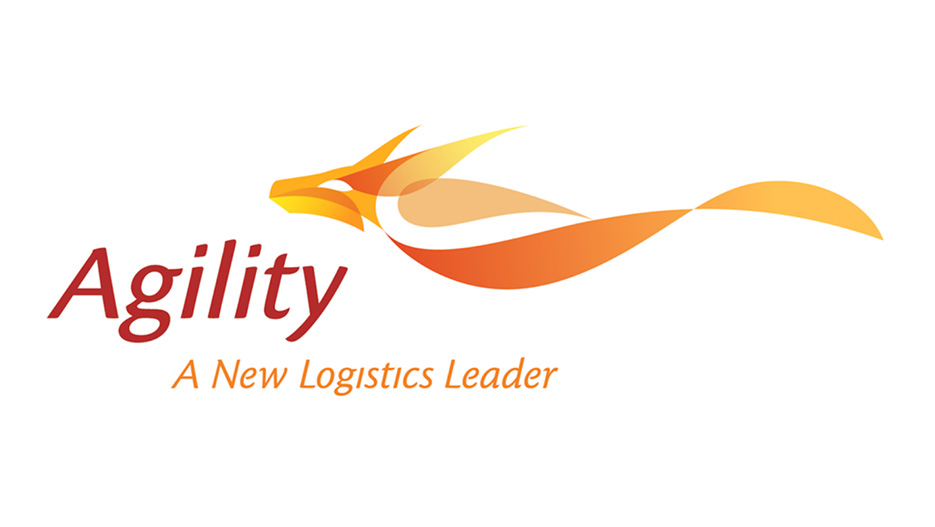Largest Logistics Company in the Middle East – Exclusive Interview with Agility
“We do business in over 100 countries, with a strong presence in emerging markets. We are growing by the day. In addition to being the largest logistics company in the Middle East and a heavy-weight in Asia; we are now in 20 countries in Africa.”
Interview with Tarek Sultan, Vice Chairman and CEO of Agility

What is Agility’s footprint in the emerging markets’ logistics sector nowadays?
We do business in over 100 countries, with a strong presence in emerging markets. Agility is growing by the day. In addition to being the largest logistics company in the Middle East and a heavy-weight in Asia; we are now in 20 countries in Africa. More than 60% of our revenues today come from emerging markets.
We announced our vision for 2020: We would like to achieve an EBITDA of 800 million US dollars.
Kuwait dropped two spots in the 2017 Agility Emerging Markets Logistics Index of the global 50 top emerging markets, hereby falling to number 26. What is the major reason behind this drop?
The Index is a relative comparison of different countries based on objective matrices and indices. With respect to Kuwait, when comparing the country to much larger markets like China and India, Kuwait is at a disadvantage given that it is a smaller market. Larger economies will have more interest as logistics destinations.
Having said that, the government in Kuwait has an ambitious program to invest in the logistics sector. A lot of the investments over the next few years are targeted at developing the logistics presence of Kuwait. This includes a new airport, a mega-port for Bubiyan Island, as well as a bridges and rail network that will really help Kuwait develop its logistics footprint.
The most important thing is what Kuwait is doing on the regulatory side of the equation. You can’t talk about supply chains these days without talking about facilitating trade and that means simplifying procedure and business rules. This is an area where the Kuwaiti government is doing better. Kuwait is putting in electronic customs systems and processes that will make it easier to do business in Kuwait over time. In the long run, I believe that Kuwait has a good story to tell.
The UAE is the leading logistics market here in the Middle East area. In the long term horizon can Kuwait attain the highest ranks for logistics?
Kuwait has many natural advantages. From a geographic perspective, Kuwait is at the northern most point of the Gulf, with direct access to Iran and Iraq, and ultimately to the new Silk Road. The Silk Road envisions a new railway system that will connect to Kuwait’s port, so ultimately, Kuwait has a major strategic advantage that it should be able to leverage. The government is taking the steps necessary to translate that theoretical competitive advantage into a real one. I believe we are on the right path.

Can you tell us what have been the major developments at Agility Kuwait in the past year or so?
That might take a long time!
Then please pinpoint the highlights.
We are continuing to invest in the emerging markets. We are doing a lot in emerging markets and a lot in Africa. It is taking up a lot of our time and effort but it is paying dividends.
We are also increasingly focusing on technology and investing in new and disruptive technologies. We are doing these investments with an eye towards engaging our customers in a better way, either environmentally or from the perspective of really improving their businesses. Technology is becoming an increasingly important part of what we are doing as a company.
Could you say more about these technological advancements?
I will give you an example: We are partnering with a company called Hyliion that reduces fuel consumption by 30% in trucks. How? Hyliion makes an axle that you connect to a trailer in only 60 minutes – instantly turning it into a hybrid. When the truck goes uphill, the axel helps the truck go up the hill and when the truck goes downhill, the axel recharges. This technology is game changing. It massively reduces operating costs and also C02 emissions – a huge double win. These are the sorts of innovative ideas that are coming along that people are going to see more of.
What is next for Agility Kuwait in this year’s strategy? What are the main pillars?
In Kuwait, there is going to be a lot happening on the electronics supply chain side. There is a lot of work going on in helping the government with their supply chain and their competitiveness as well as continuing to take advantage of and enable infrastructure investments that are happening in a very substantial and quick way here in the country.
You designed an over 30,000m2 temperature-controlled warehouse here in Kuwait to serve the pharmaceutical industry. What other industries are you looking at improving and bringing new solutions to?
Clearly pharma is an important sector for the Gulf, we are helping major pharmaceutical companies improve the way they distribute pharma and medications in a fairly challenging, hot environment. Other verticals that are obviously important to this part of the world include our oil and gas activities, our chemical logistics activities as well as our bulk oil and our refined product distribution capabilities. We also play an important role in fashion and retail logistics.
What is your vision for the company in two to three years’ time?
We announced our vision for 2020: We would like to achieve an EBITDA of 800 million US dollars. Of course we are achieving that by investing heavily in emerging markets and around technology to help grow our businesses in a much faster way than would be the case without those investments.
What are your major challenges here in Kuwait?
Talking specifically about Kuwait, the challenges that we have are that there are many stakeholders involved in the supply chain. Traditionally countries in the emerging markets have had difficulty grappling with how to make their supply chain more efficient when they have so many different stakeholders involved in that process. I think going forward one of the key issues is going to be how we can reduce the number of stakeholders and kind of group them in a way that allows them to work more effectively together as a team to simplify how business works.
FAIR USE POLICY
This material (including media content) may not be published, broadcasted, rewritten, or redistributed. However, linking directly to the page (including the source, i.e. Marcopolis.net) is permitted and encouraged.